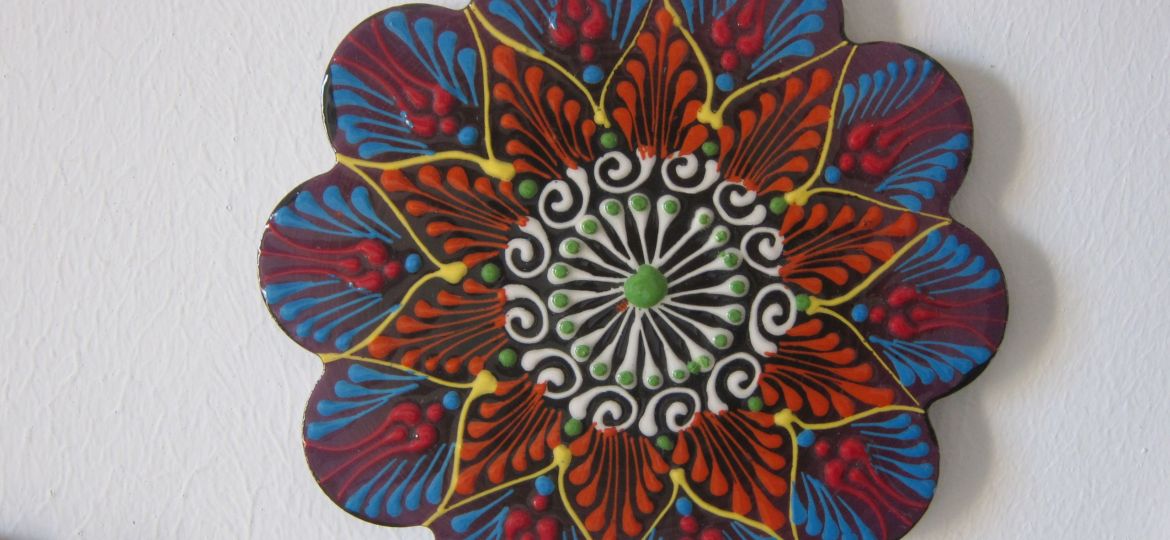
12 August 2024
11:00–12:30
Venue
Seminar Room AA401, Fourth Floor, Research Building No.2
Yoshida Main Campus, Kyoto University
KINDOWS International Seminar Professor Samita Sen (The University of Cambridge)
Age and Marriage: Girlhood in Colonial and Post-colonial Bengal
Programme
11:00-11:05 Introduction
11:05-12:00 Prof. Sen ‘Age and Marriage: Girlhood in Colonial and Post-colonial Bengal’
12:00- 12:30 Q & A session
Chair: Aya Ikegame (ASAFAS, Kyoto University)
11:05-12:00 Prof. Sen ‘Age and Marriage: Girlhood in Colonial and Post-colonial Bengal’
12:00- 12:30 Q & A session
Chair: Aya Ikegame (ASAFAS, Kyoto University)
Organizer
- Center for Indian Ocean World Studies, Kyoto University (KINDOWS)
Abstract
There has been a steady decline in child marriage worldwide in recent decades. While this trend is also evident in India overall, the state of West Bengal has experienced a less dramatic decline in the proportion of child marriages, placing it at the top position among states. While this trend is also evident in India overall, the state of West Bengal has experienced a less dramatic decline in the proportion of child marriages, placing it at the top position among states. In this context, from 2016 to 2018, we undertook a field-based research project in seven districts of this state. Even in West Bengal, however, there has been a significant increase in age at marriage, especially for girls. While underage marriage persists, the age at marriage has risen sufficiently that many now speak of early marriage rather than child marriage. What are the implications of this rise in age at marriage? The paper will examine both the historical and contemporary ramifications of the question. It grapples with various legislative measures around age and definitions of childhood in the colonial and post-colonial periods and seeks to connect It grapples with various legislative measures around age and definitions of childhood in the colonial and post-colonial periods and seeks to connect child marriage with child labour and institutional education among different social groups. It also discusses two related themes emerging from the field in contemporary West Bengal – the emergence of a new social category, adolescent girls, among the poor in rural Bengal; and an emerging trend in self-chosen early marriages. It also discusses two related themes emerging from the field in contemporary West Bengal – the emergence of a new social category, adolescent girls, among the poor in rural Bengal; and an emerging trend in self-chosen early marriages.

